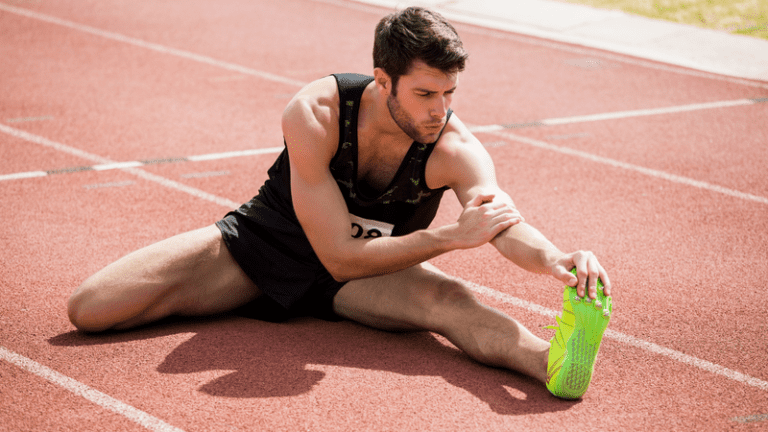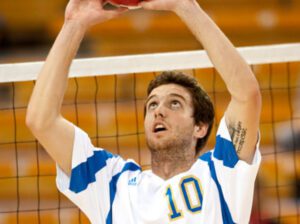I see it all the time – a client runs their heart out and checks off an intense workout on the track. As soon as their last interval is complete, they throw on their sweats to leave. I have to admit, I was guilty of this too. However, a good coach (and a fast athlete for that matter) knows that the workout isn’t complete without the final layers: the cool down.
A traditional workout starts with a warm-up base to focus on range of motion and heating up the major muscles to be utilized during the session. In track & field, this may include a jog followed by high knees, skips, butt kicks and even hip openers to activate the glutes. Then comes the layers, the intense “workout” portion where the muscles are utilized in sport-specific practice and sometimes asked to reach full capacity and speed (think game speed!). Once that is complete, on comes the frosting to our workout “cake”, the cool down. The muscles, fatigued from the session, now need to gear down. This process can mean gearing down to 30-60% effort for a 5-10 minute jog or can look more like a “Progressive Cool Down” (PCD).
A PCD is great after a very intense session in which the athlete may experience delayed onset muscle soreness the next day (DOMS). This effect is common in athletes who do not cool down and can result in injuries. Think back to the end of the intense workout portion of the training. The athlete was most likely breathing heavily, maybe even bent over in exhaustion. The heavy breathing experienced is the body’s muscles requesting more oxygen then they are currently getting due to the high demand that was put on them by the training. A PCD accommodates this by keeping the athlete breathing heavy to replenish oxygen to the muscles, filtering out lactic acid and reducing soreness later. Athletes can do a PCD by completing a few striders or form running activities post workout, hitting about 60-80% of their effort for short periods of time to filter out the lactic acid from the workout.
Here is an example of a PCD after the athlete completes the intensity portion of their workout:
- Complete 50m down and back of high knees, butt kicks, and 2-5 stride buildups (hitting about 60-80% effort)
- Complete a 400-1600m Pregnant Snail Pace (PSP) jog to conclude the workout.
Not only do cool downs aid in reducing soreness and injury later on, it also has mental effects on the athlete’s training. Training done while fatigued (like the form runners at the end of practice) can aid in the athlete building coordination and improving muscle recruitment (brain to muscle) for their sport.
The cool down is also a great time for team bonding, training reflections and a time to listen to how the athlete’s body is responding to their program. This self-reflection time lets the athlete record their best practices that will aid in their success throughout their career. Just remember, it’s a piece of cake!
Coach Ashley is an exercise scientist who works with runners, sports athletes and yogis looking to aid performance and improve their health. She is the founder of Grounded Pada Health.
How useful was this post?
Click on a star to rate it!
Average rating 0 / 5. Vote count: 0
No votes so far! Be the first to rate this post.



